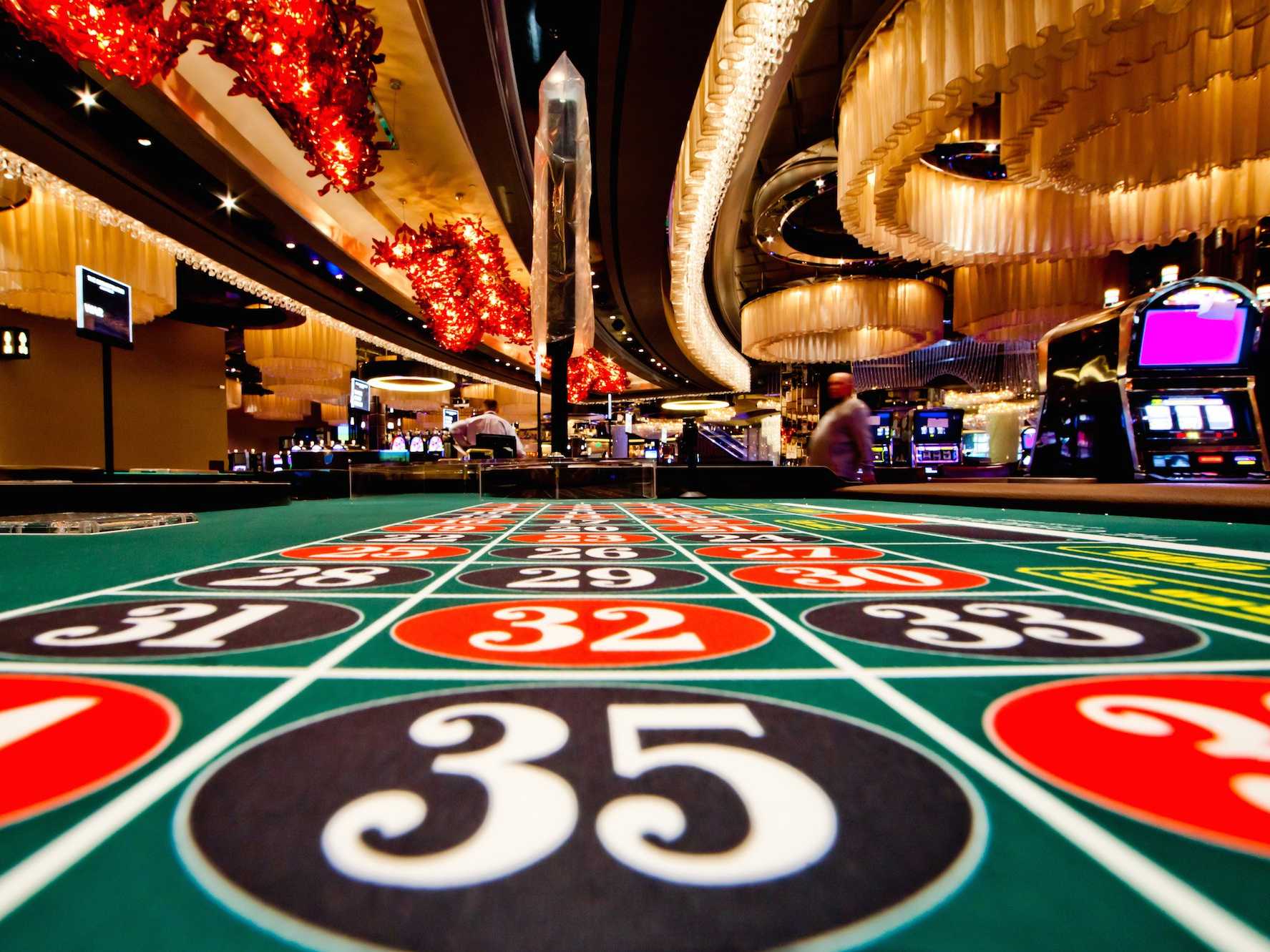
Beneath these glittering lights plus the alluring sounds of rotating reels lies a vibrant world in which innovation meets mathematics: the making of casino games. As players flock to casinos seeking excitement and the possibility of winning big, a vast amount of effort takes place behind closed doors to create these games they enjoy. From the initial concept to the final product that players engage with, numerous elements come together to ensure an captivating play experience.
Designers, engineers, and game creators collaborate to combine innovative technology with engaging gameplay mechanics. Each aspect, from visuals and sound effects to odds and payouts, is carefully crafted to draw in players plus keep them engaged. Understanding this complex process of the way casino games are made reveals both the technical skills required but also the artistic vision that transforms these immersive experiences to life.
Video Game Development Process
The game process begins with brainstorming and conceptualization, where creators generate ideas for new casino games. This initial phase often includes pinpointing potential audiences and analyzing market trends. Designers consider factors like game mechanics, themes, and payout structures to create an immersive experience. Collaboration between game designers, mathematicians, and artists is crucial to ensure a balanced concept.
Once a concept is chosen, the next stage involves creating prototypes and testing. Designers build a functional version of the game to assess its playability and mechanics. This allows for adjustments and refinements based on feedback from testers. Iteration is vital, as designers may navigate multiple rounds of evaluations to optimize gameplay balance and user experience. This stage is essential for identifying any possible issues before the game is finalized.
After testing, the game moves into the development phase and production. This comprises the technical aspects of coding the game software, integrating graphics, and making sure compliance with gaming regulations. Quality assurance testing ensures that the game functions seamlessly across various platforms and devices. Once everything is refined, the game is prepared for launch, usually accompanied by marketing strategies to draw in players and generate excitement around the new casino offering.
Tech and Advancement
The evolution of gambling games has changed significantly with progress in technology. Modern game design often features top-notch graphics, engaging sound effects, and engaging animations that deliver a thrilling experience for gamers. Game developers use sophisticated software tools and programming languages to develop these interactive gaming experiences. Additionally, the use of random number generators ensures fairness and unpredictability in outcomes, which is crucial for maintaining player trust and compliance with gaming regulations.
In the past few years, the surge of online casinos has pushed the boundaries of game development even further. Developers are now able to design games that cater to a global audience, integrating features such as live dealer options and VR environments. This shift has encouraged creativity, leading to unique game mechanics and formats that enhance player engagement. Mobile gaming has also become a key focus, driving developers to optimize games for smartphones and tablets, ensuring availability and convenience for players on the go.
Collaboration among creators, visual artists, and mathematicians is crucial in the development process. Each team contributes their knowledge to ensure games are not only aesthetically pleasing but also mathematically sound and enjoyable. The integration of player feedback during beta testing allows developers to refine game features and functionalities, ultimately leading to a positive launch. As technology continues to advance, the potential for new game concepts and experiences is unbounded, promising an thrilling future for casino games.
Evaluating and Quality Assurance
Once a slot has been created, it moves into the essential phase of evaluation and quality assurance. BJ88 Đăng nhập This stage ensures that the game operates perfectly and provides a fair experience for gamblers. Teams conduct extensive tests, including functionality checks to verify that all game features work as planned. Each component, from graphics to sound effects, is assessed to ensure quality benchmarks are met.
In addition to functionality testing, the game entails thorough compliance checks to meet regulatory requirements. Various jurisdictions have specific rules governing game fairness and player protection. Quality assurance teams will verify that the random number generators are functioning correctly and that the game’s payout percentages correspond with market standards. This meticulous examination helps establish trust with gamblers and authorities alike.
Finally, beta testing may be conducted with actual users to obtain insights on user experience. This invaluable insight allows developers to implement necessary adjustments before the public launch. Addressing any potential issues noted during this phase helps ensure that gamblers will have a fluent, engaging experience when the game goes live. The commitment to excellence reflects the sector’s dedication to delivering pleasant and reliable casino games.